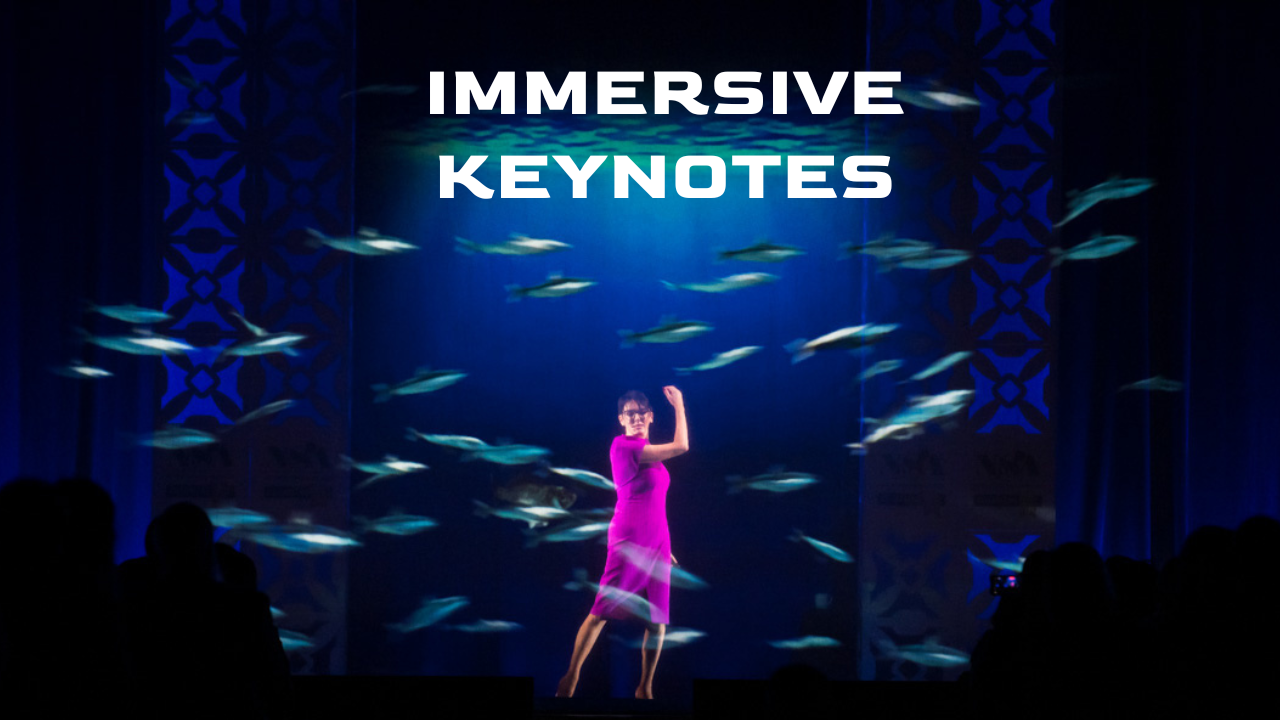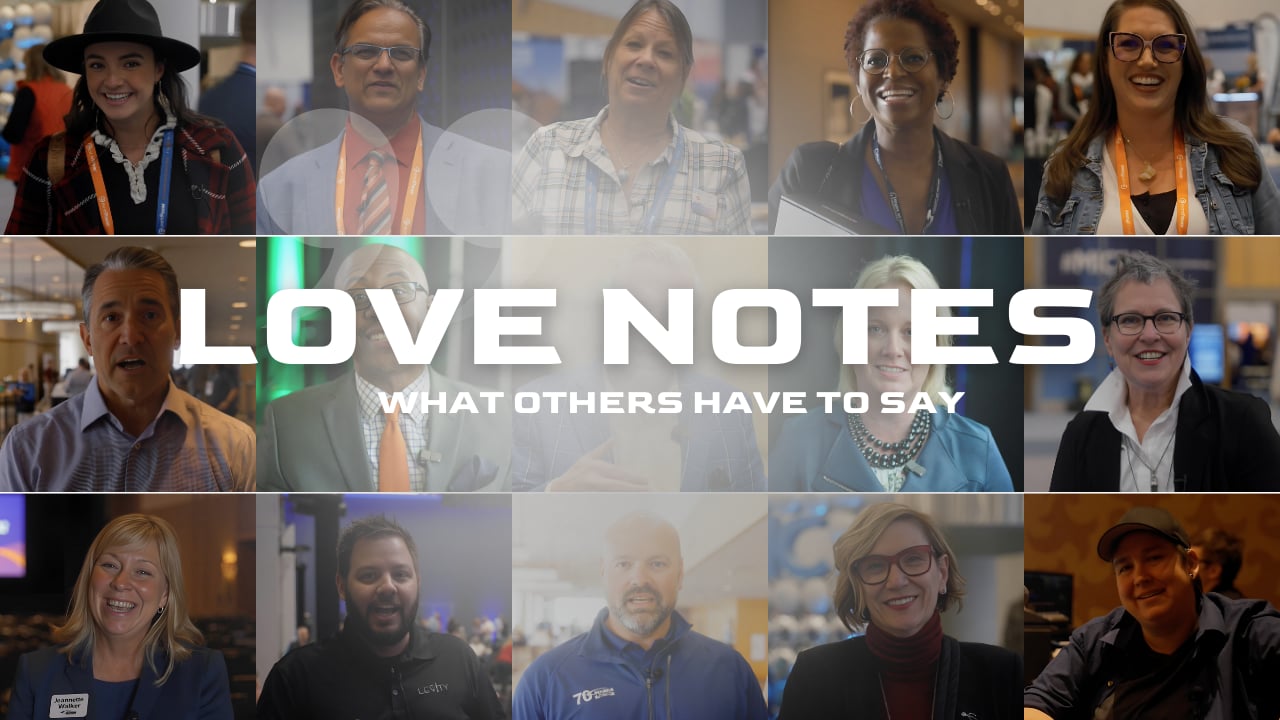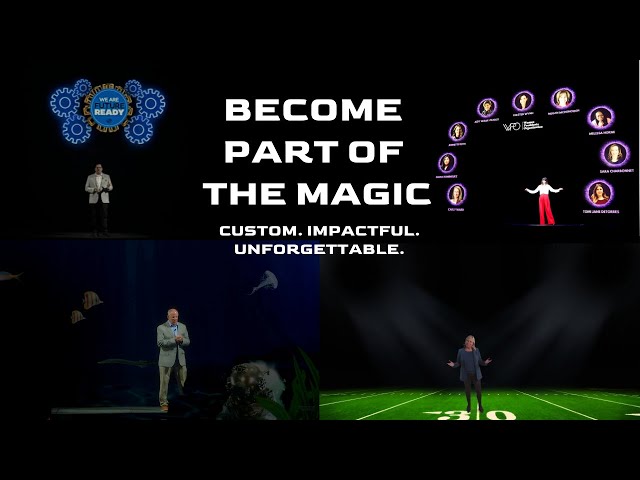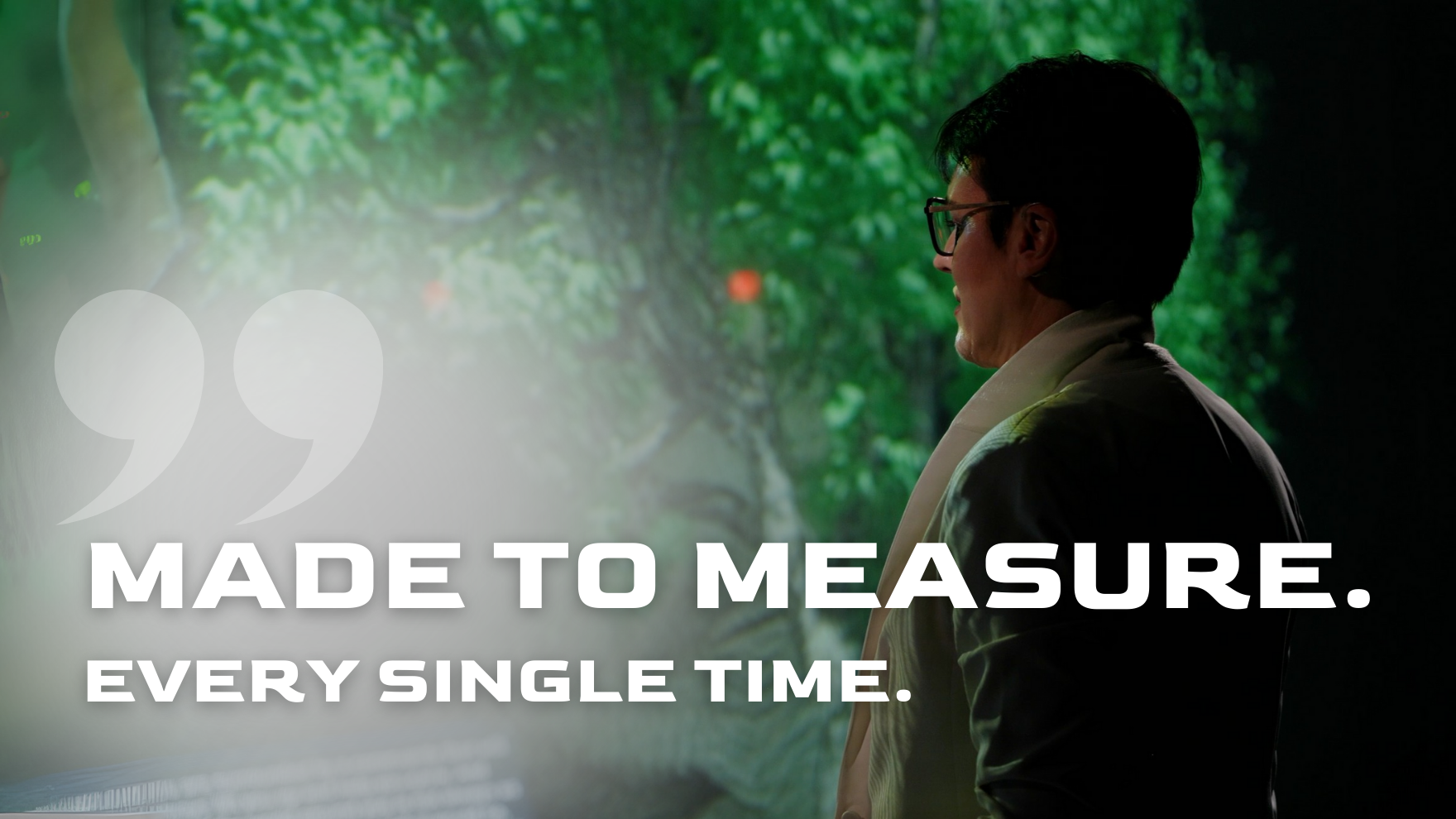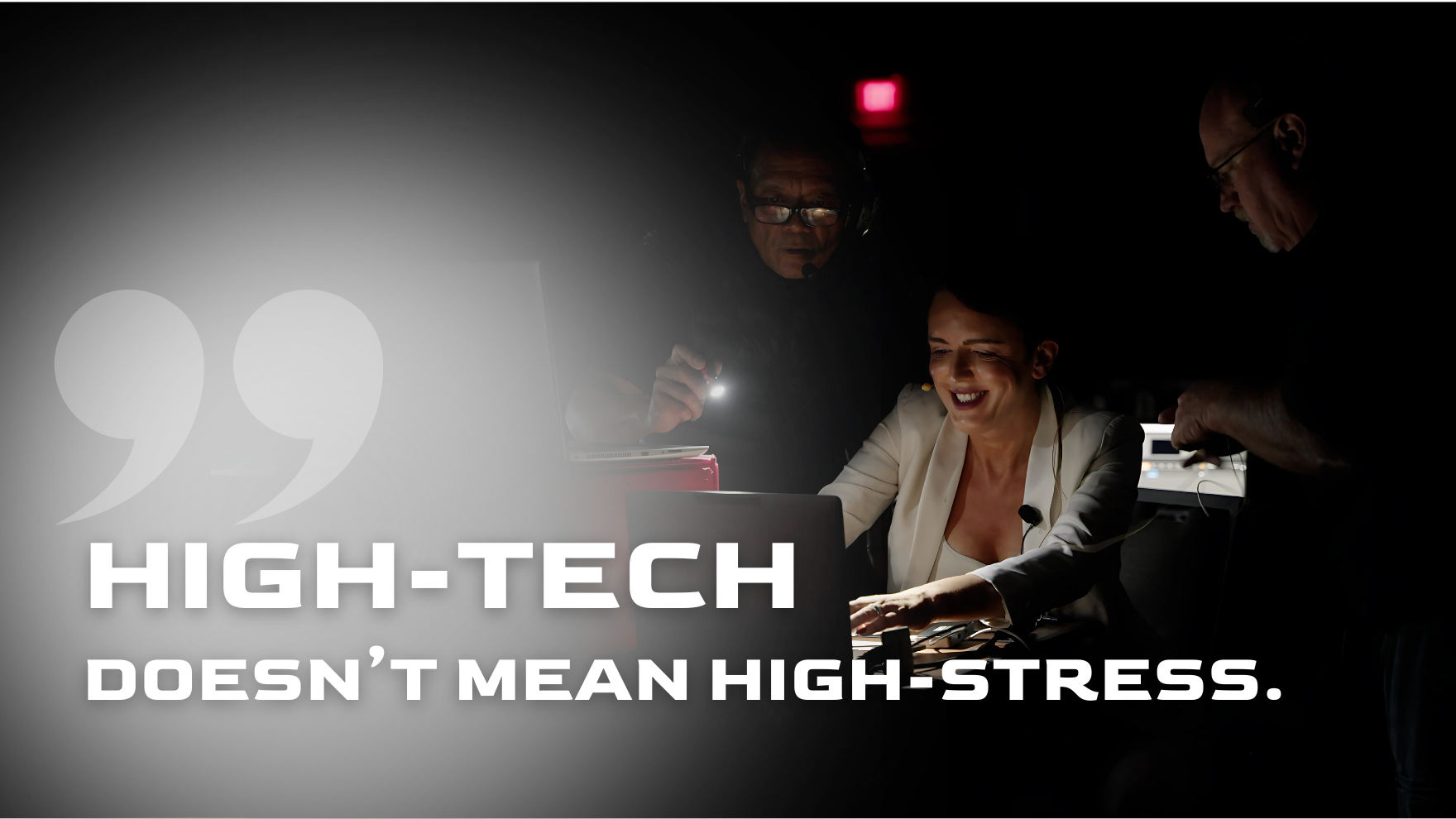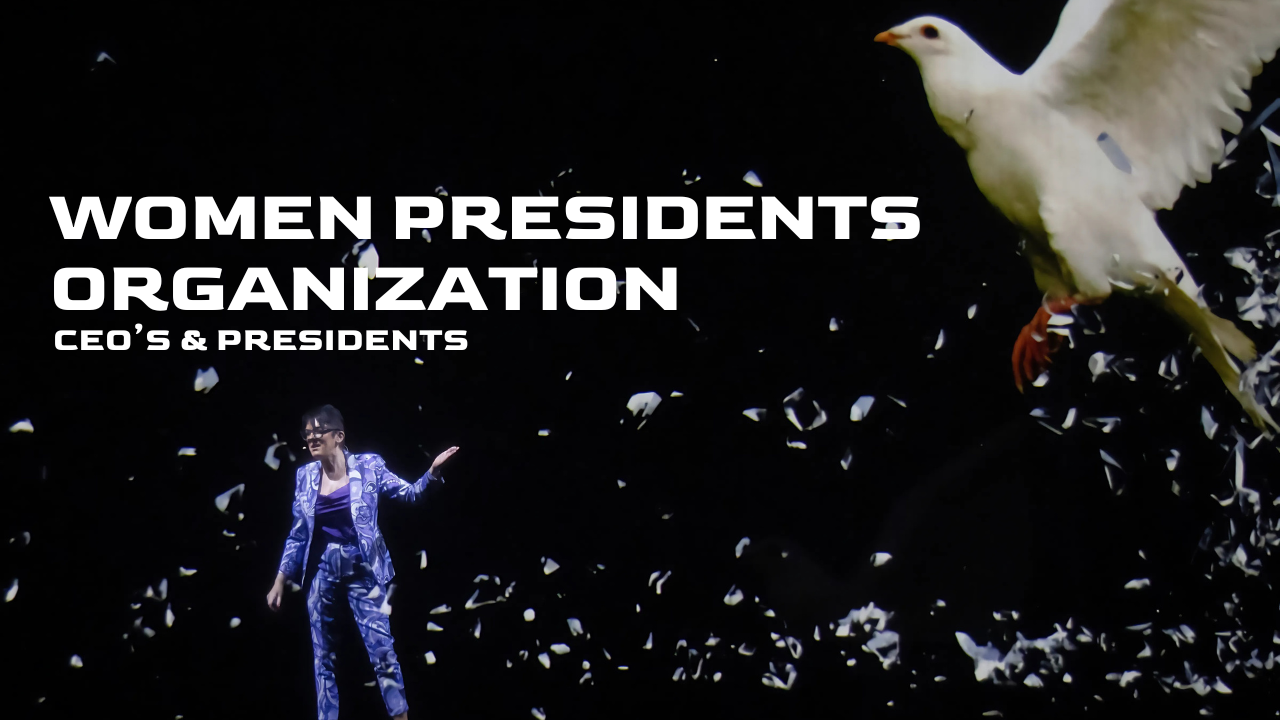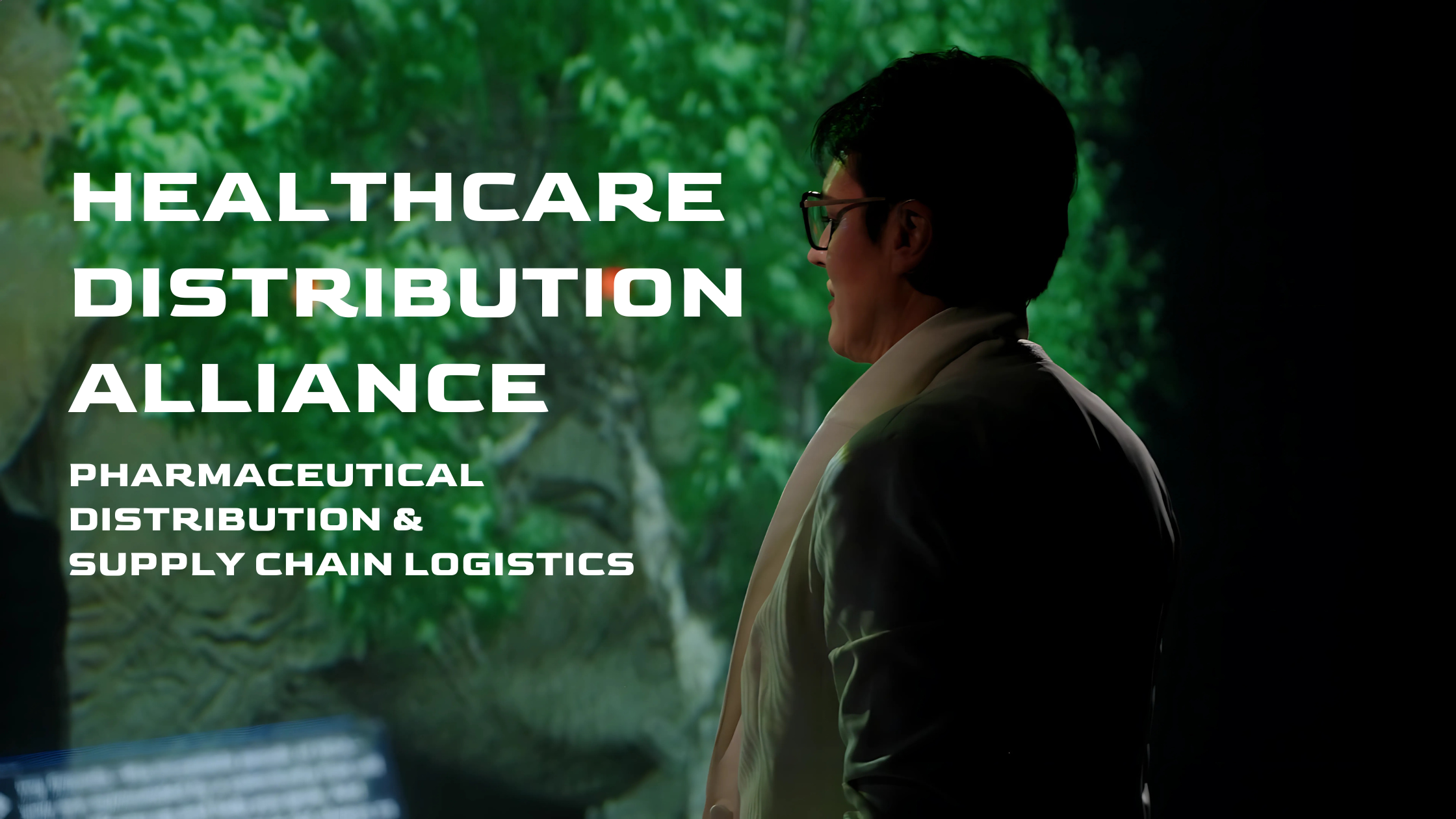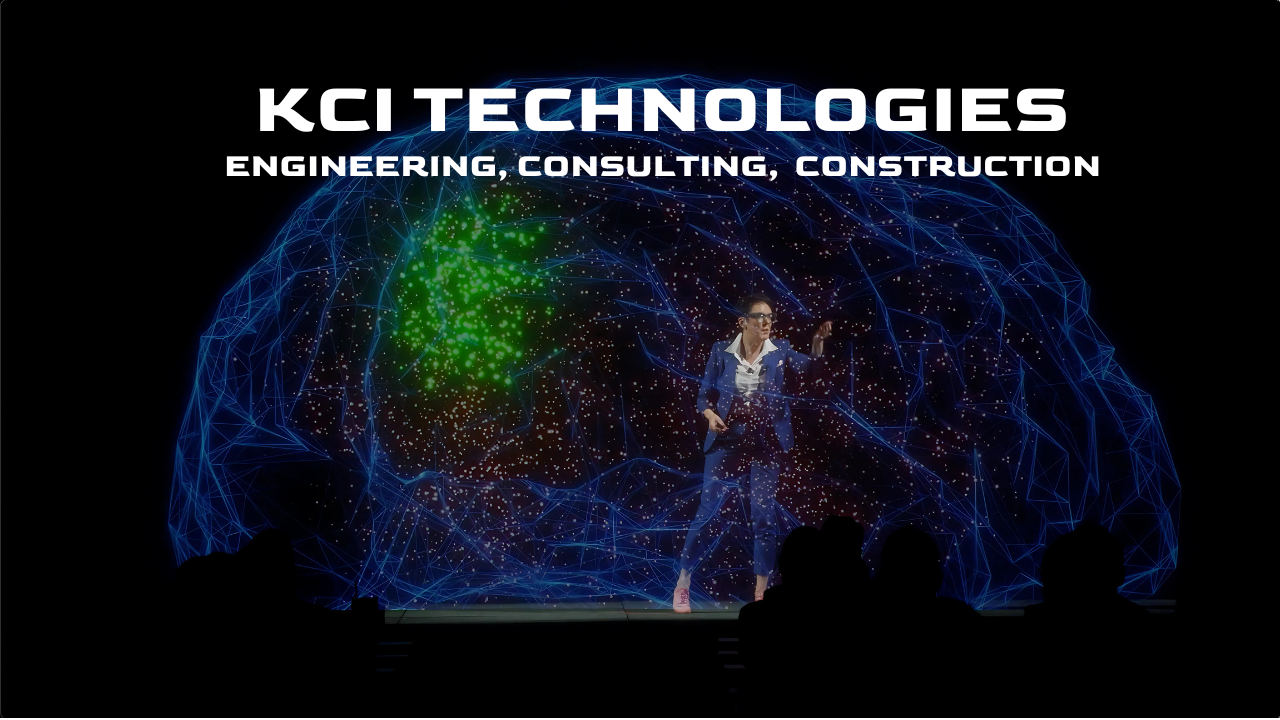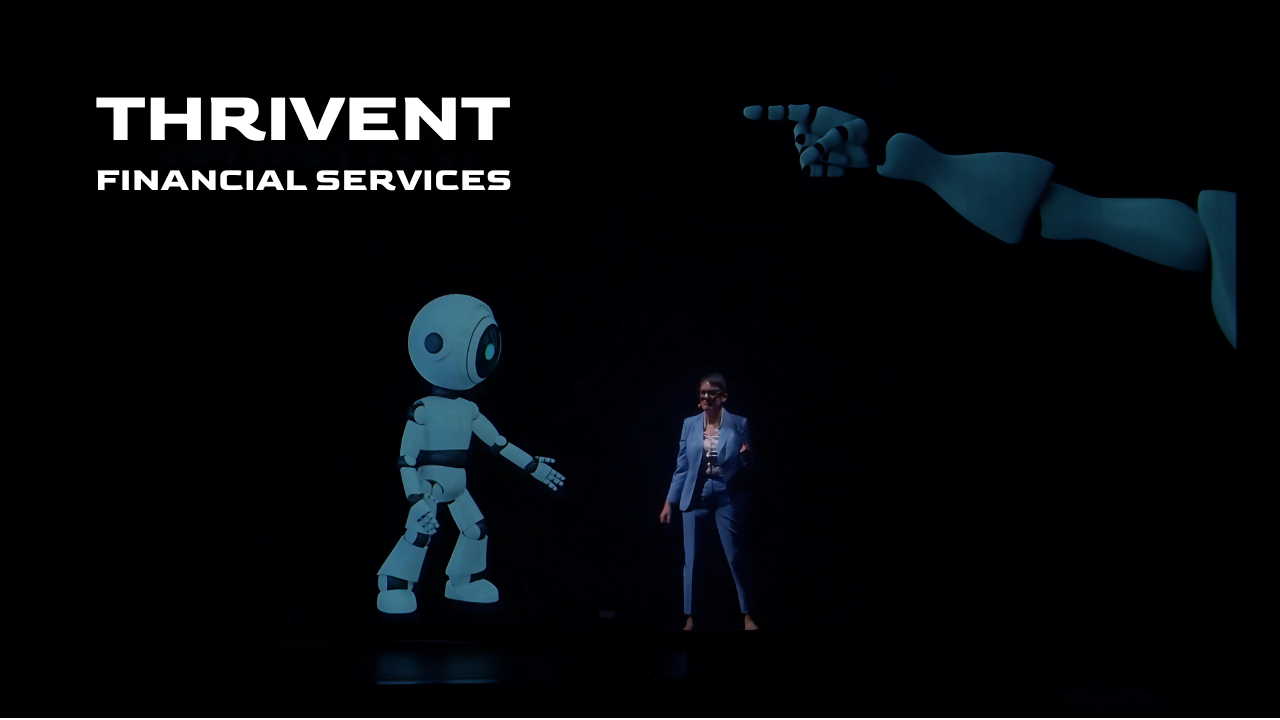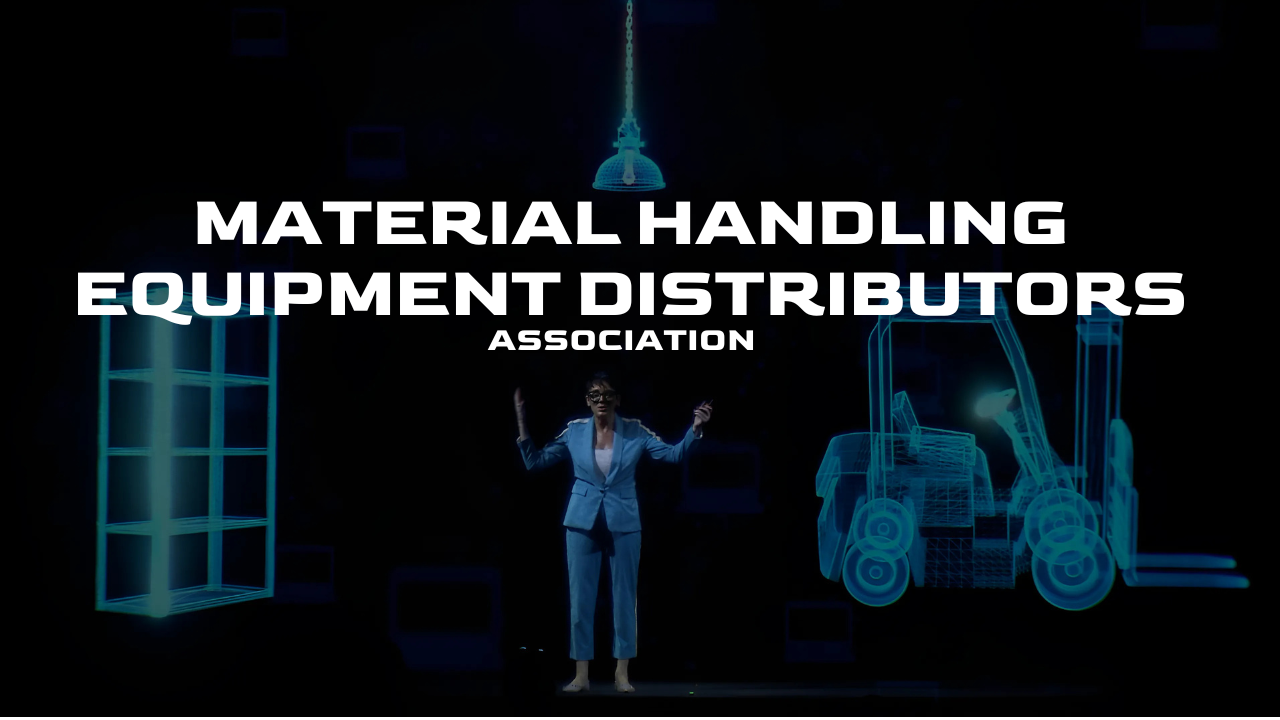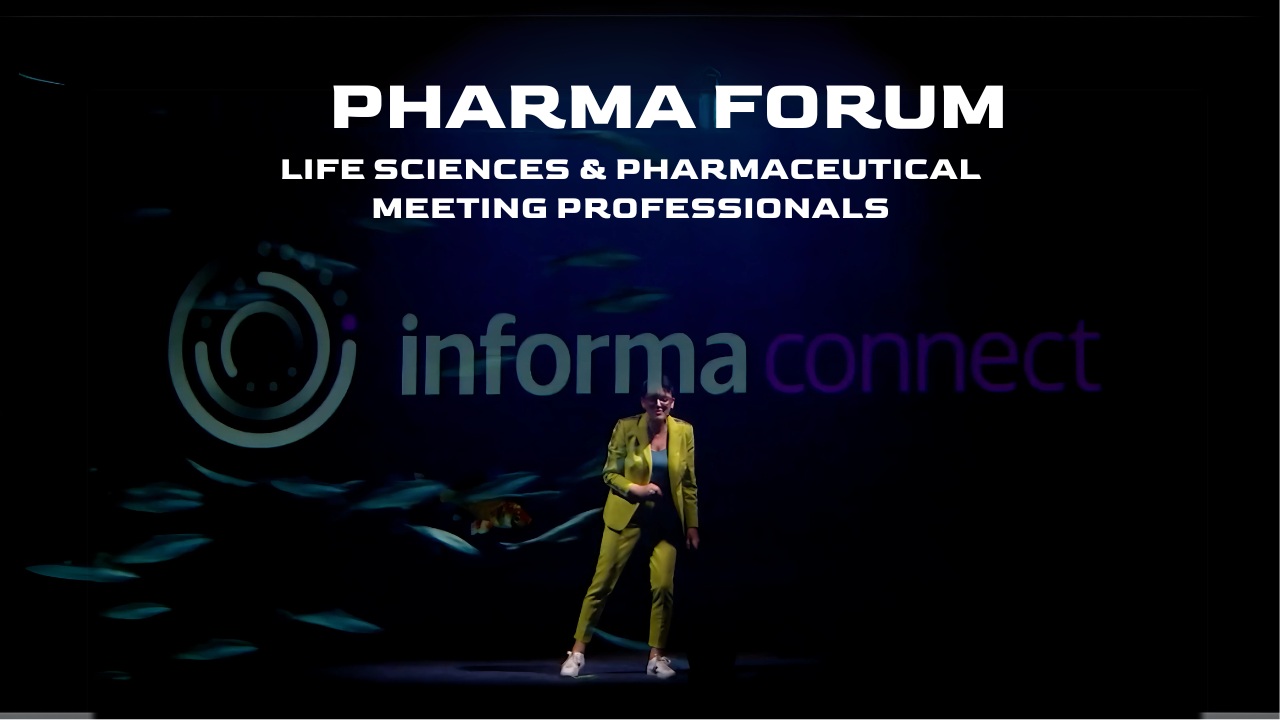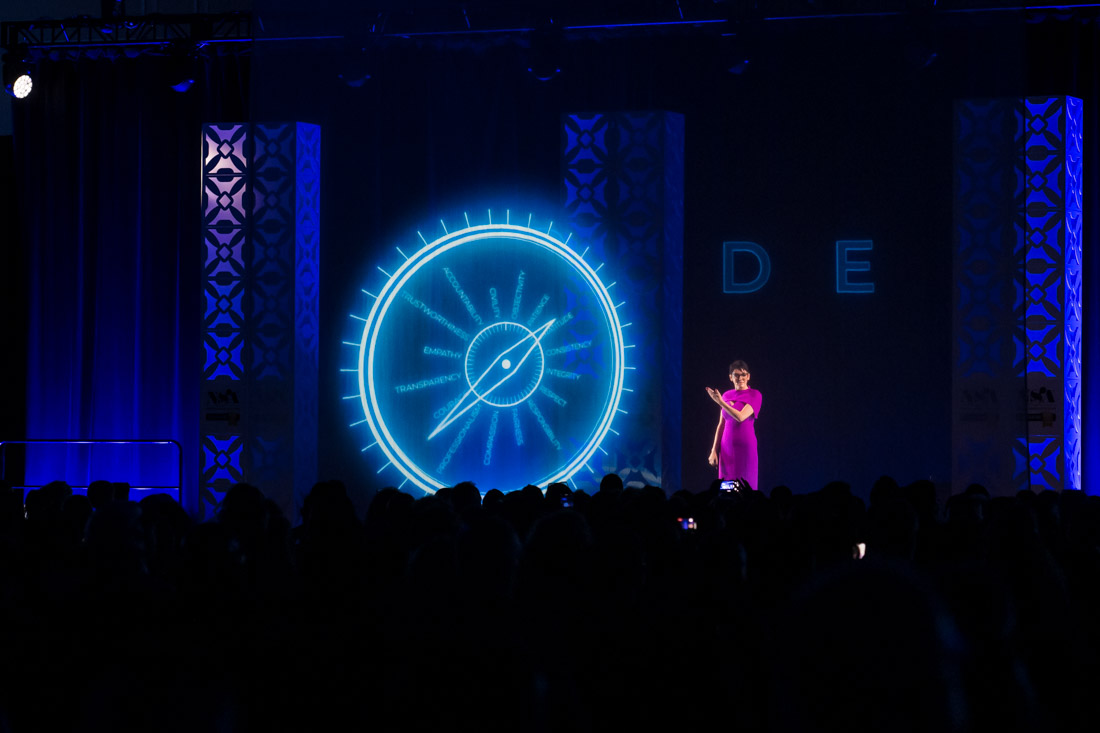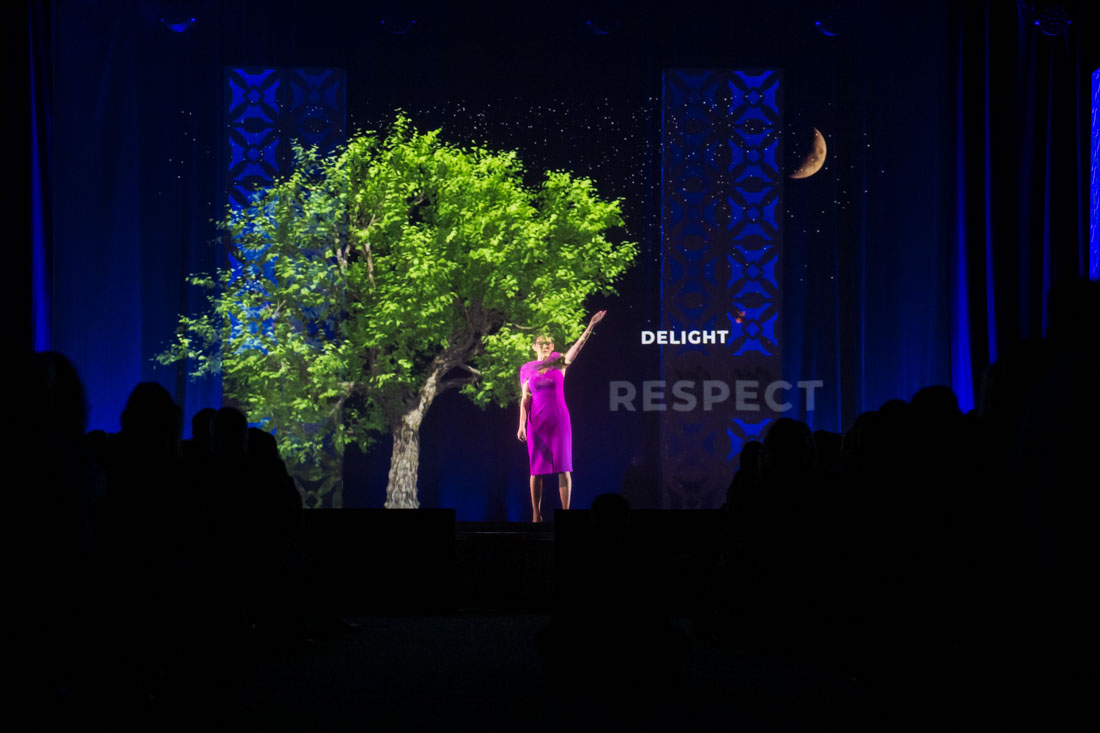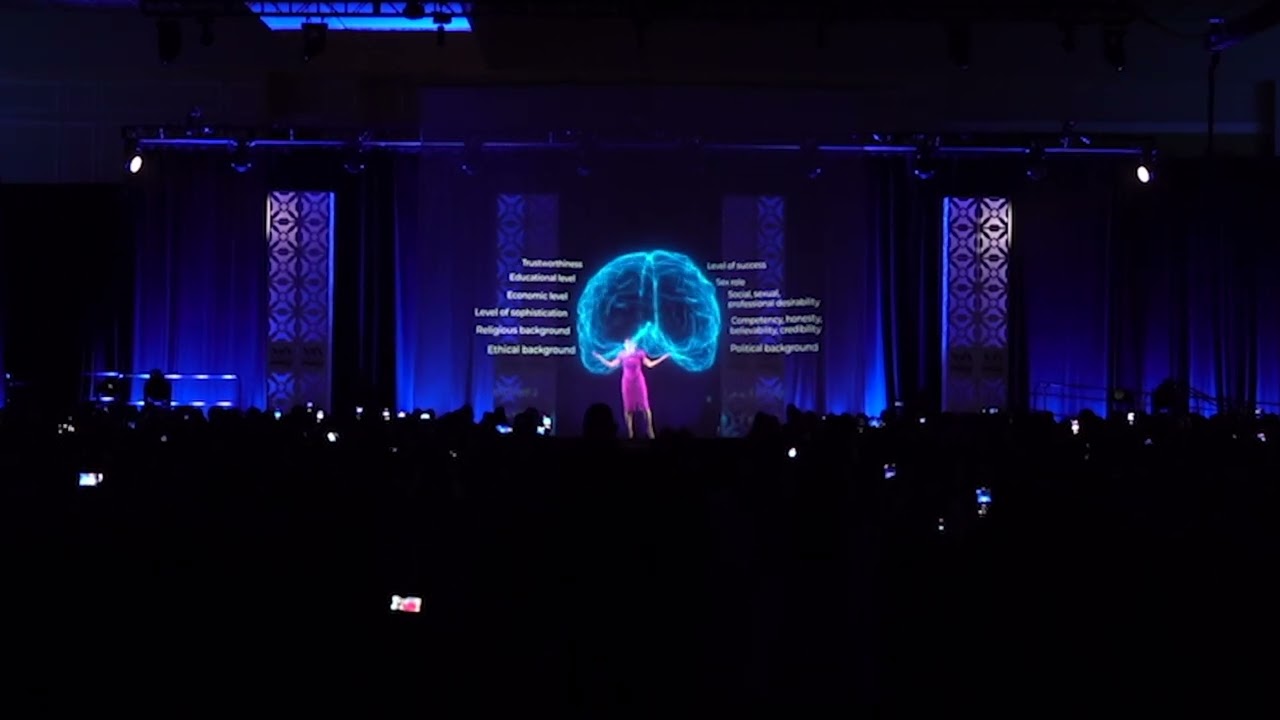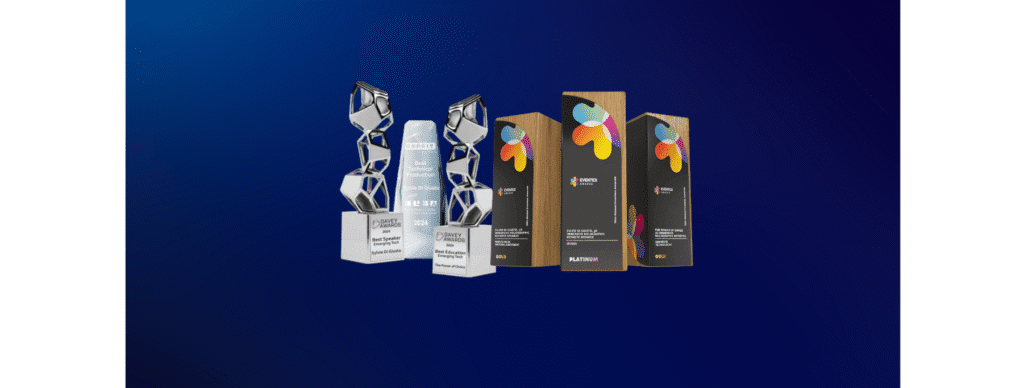The Hologram on Stage: The Future of Event Presentations That’s Here to Stay
For decades, keynote presentations followed a familiar formula—an engaging speaker, a compelling story, and a PowerPoint deck to reinforce key points. But today, a hologram on stage is redefining what’s possible, turning keynotes into fully immersive, visually dynamic experiences that captivate audiences like never before.
Instead of simply narrating an idea, speakers can now step inside their content—walking through a digital brain to explain decision-making, demonstrating complex strategies with life-sized interactive models, or even bringing historical figures to life to emphasize key lessons. This isn’t just storytelling; it’s story-living, where attendees don’t just hear about a concept but actually see it unfold before their eyes.
Key Takeaways
- A hologram on stage turns keynotes into immersive experiences, making audiences active participants rather than passive listeners.
- Holographic technology creates depth, realism, and interactivity, making ideas more tangible and engaging than traditional slides.
- Audience interaction reaches new levels, allowing real-time engagement, digital avatars, and customized visuals that adapt on the fly.
- Emotional impact increases significantly, as attendees experience concepts in ways that resonate long after the event ends.
- Customization options are limitless, enabling event planners to tailor content, branding, and storytelling to their audience.
- Holograms command attention like nothing else, cutting through distractions and keeping audiences fully engaged.
- It’s not a gimmick—it’s a storytelling evolution, when done right, technology enhances rather than overshadows the message.
- Mastering a holographic keynote requires a new level of skill, as speakers must perform in darkness while perfectly syncing with visuals.
- Seamless integration is possible with the right planning, ensuring that venues, AV teams, and production logistics align smoothly.
- The future of keynotes is immersive, blending AI, interactivity, and real-time adaptation for next-level audience engagement.
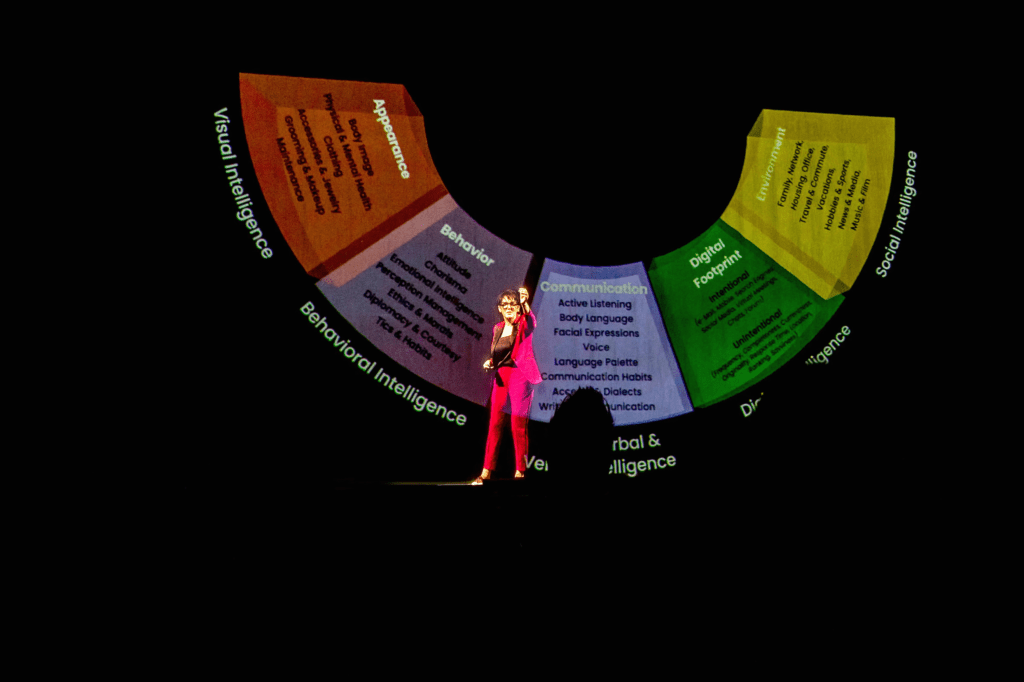
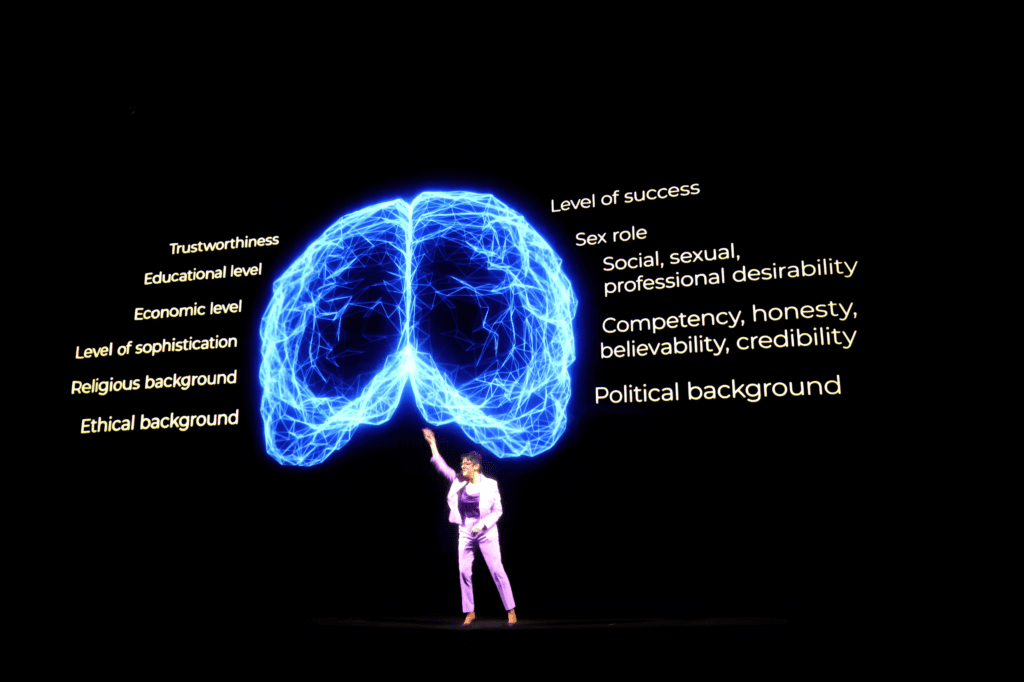
The Science Behind the Magic: How Holograms on Stage Work
Holographic technology may seem like magic, but it’s powered by a precise combination of light, projection, and animation tracking. Unlike 2D visuals on a screen, a hologram on stage uses depth, shadow, and perspective to create the illusion of three-dimensional objects floating in space.
At its core, holographic projection relies on projectors and controlled lighting environments to ensure clarity. Motion tracking allows speakers to interact seamlessly with the visuals, creating the effect of grabbing, manipulating, or even walking through the projections. The result? A keynote that feels more like an experience than a presentation.
Breaking the Fourth Wall: How Holograms Create Two-Way Interaction
Traditional speeches are a one-way street—speakers talk, audiences listen. But a hologram on stage breaks this mold, creating opportunities for real-time interaction that make audiences active participants in the keynote.
Imagine a keynote where an attendee’s digital avatar appears on stage to ask a question. Or where real-time audience responses shape the presentation’s visuals, allowing the speaker to adapt on the fly. This isn’t just engagement—it’s participation at an entirely new level, ensuring that every attendee feels like a part of the experience rather than just a spectator.
The Emotional Impact of Seeing Ideas Come to Life
One of the most powerful benefits of a hologram on stage is its ability to evoke strong emotional responses. Research shows that people remember information significantly better when they experience it in a multi-sensory format rather than just hearing or reading about it.
For example, a sales leader explaining customer journey pain points can actually bring those pain points to life—placing audience members inside a holographic simulation of a client interaction. A leadership keynote can visually depict the impact of culture shifts in an organization. When ideas are seen and felt, they stick. And when something sticks, it changes behavior long after the event is over.
Customization Like Never Before: Tailoring Holographic Keynotes to Your Event
No two events are the same—so why should keynotes be? One of the most exciting aspects of a hologram on stage is the ability to fully customize the experience to align with the event’s theme, industry, and goals.
Want to integrate your company’s leadership team as holographic avatars? Done. Need an interactive demonstration that simulates a real-world customer experience? No problem. Holograms allow for brand-specific storytelling, incorporating logos, colors, and messaging in ways that reinforce your company’s vision. The result? A keynote that doesn’t just entertain but feels deeply relevant to your audience.
Holograms vs. Traditional Keynotes: The Attention-Grabbing Factor
We live in a world full of distractions. Phones buzz, emails pile up, and attention spans shrink by the second. But one thing is certain—when a life-sized, moving hologram appears on stage, nobody looks away.
A hologram on stage commands attention in ways static presentations never could. The blend of technology and storytelling makes the experience both educational and visually mesmerizing, keeping attendees engaged from start to finish. No more glazed-over expressions. No more scrolling through emails mid-session. Just full immersion.
Overcoming the Skepticism: Are Holograms on Stage a Gimmick or Game-Changer?
With any new technology comes skepticism: “Is this just a gimmick?” The short answer? Absolutely not. When done right, holographic keynotes are not about technology for technology’s sake—they’re about enhancing the speaker’s message in a way that words alone can’t achieve.
The key is finding the right balance. Technology should enhance, not overshadow. The best hologram speakers don’t rely on visuals as a crutch—they use them as a tool to reinforce their message, creating a perfect fusion of storytelling and spectacle.
The Speaker’s Challenge: Mastering a Holographic Performance
It may look effortless on stage, but make no mistake—presenting with holograms is a skill of its own. Unlike traditional speaking, holographic presenters often deliver their keynote in complete darkness, without direct eye contact with the audience. They must rely on timing, muscle memory, and an intuitive connection with the crowd to ensure the experience remains personal, despite the technological complexity.
This requires extensive rehearsals to synchronize movements, master visual timing, and adjust delivery for an audience they can’t physically see. The best hologram presenters aren’t just great speakers—they’re technological performers who understand how to use immersive tools without losing the human connection.
Making the Tech Work: What Event Planners Need to Know
Bringing a hologram on stage doesn’t mean overcomplicating event logistics. With the right planning, holographic keynotes can be nearly as seamless as traditional presentations. But details matter!
However, planners should consider factors like venue lighting, stage depth, and AV team coordination to ensure smooth execution. Some venues require modifications, such as adjusting ambient lighting or providing a dark backdrop, but with the right speaker and production team, the experience is absolutely doable. The result? A keynote that feels futuristic without the logistical headaches.
The Future of Holographic Speaking: Where Do We Go from Here?
Holograms on stage are already revolutionizing events, but this is just the beginning. As immersive technology advances, we can expect even more interactive, personalized, and AI-driven experiences. Imagine holograms responding to audience emotions in real-time, AI-powered interactive Q&As with digital avatars, or augmented reality blending with holographic projections for full-room experiences.
The future of speaking isn’t just about what’s being said—it’s about how it’s being experienced. And for event planners looking to stay ahead of the curve, the time to embrace holograms on stage isn’t someday. It’s now.
FREQUENTLY ASKED QUESTIONS
Do holograms require a specific stage size or setup?
While holograms are adaptable, a certain amount of space is needed to ensure clarity and visibility. The best way to determine feasibility is to consult with your holographic speaker and production team in advance.
Can hologram presentations be recorded or live-streamed?
Yes! However, camera teams need to adjust their settings to capture holograms effectively in low-light conditions. Advance coordination ensures the best quality for recordings and live broadcasts.
How do holograms work with live Q&A sessions?
Some holographic presentations allow for real-time audience interaction, where questions can be displayed as holograms, or digital avatars can appear on stage to facilitate discussions.
WANT TO HOLograms to your stage at your NEXT EVENT?
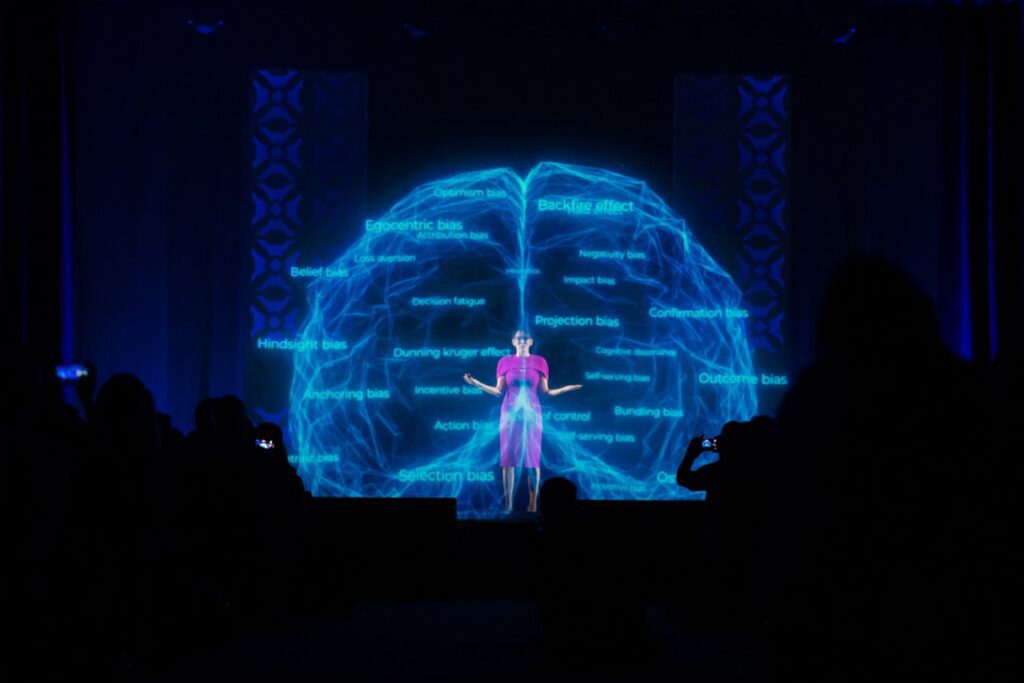
Sylvie is exclusively represented by cmi, a leading global speaker agency known for working with the world’s top keynote speakers and performers. The incredible team at cmi ensures a seamless booking experience, providing all the details you need and guiding you through every step of the process. For inquiries, reach out via the contact form, email them at [email protected], or call them at +1-403-398-8488.
Let’s bring an unforgettable experience to your event!
